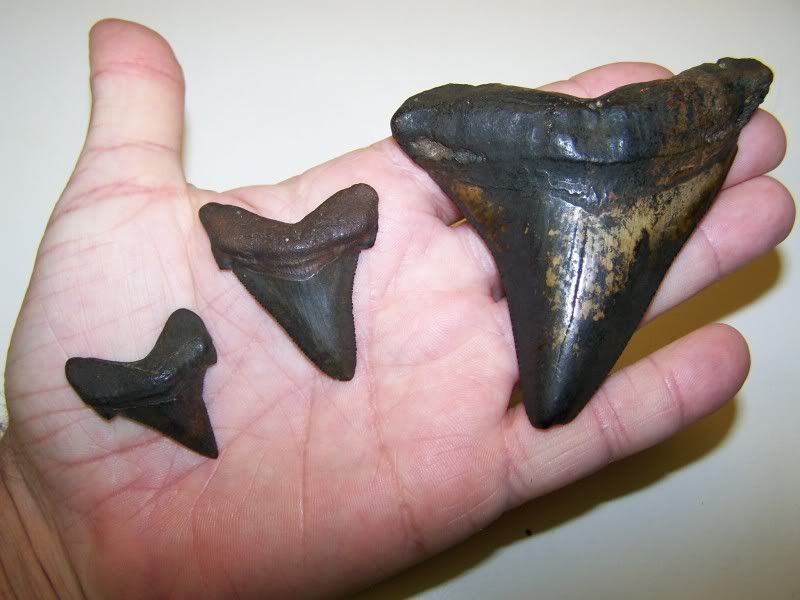Depending on your fossil and locality where it was found there are many different techniques used in cleaning and preserving them. We will start with our area of Venice and gulf water fossils.
Before cleaning your important fossils do a visual inspection of them, check for stress marks, cracks and areas of poor preservation. Avoid putting extra pressure on those areas (cracks) while you start cleaning.
1. Start by removing the large foreign matter, examples: barnacles, oysters and algae,
this can be done with toothbrushes and dental picks (no pun).
2. After major cleaning is done, soaking the fossil in a 50% solution of half apple cider vinegar and water. I soak my fossil for about 1 hour and go back with a toothbrush to help remove some of the foreign material. While cleaning the fossils check to make sure that the fossil is not being etched by the acid. (Yes vinegar is an acid) Keep repeating this process until the fossil is clean.
3. After the fossil has been cleaned of all foreign matter, rinse it and then soak it in fresh water for about one hour depending on how long you had the fossil in the vinegar. Normally 1 hour will work.
4. Wash your fossil with antibacterial hand soap; Dial liquid soap is mild and great.
5. Dry your fossil in a cool dry place. Never dry fossils in direct sunlight. Drying fossil to fast or in direct sunlight can stress the fossil, causing it to crack, not to mention it will sun burn (discolor). Remember that fossil has not seen direct sunlight in thousands to millions of years.
Before cleaning your important fossils do a visual inspection of them, check for stress marks, cracks and areas of poor preservation. Avoid putting extra pressure on those areas (cracks) while you start cleaning.
1. Start by removing the large foreign matter, examples: barnacles, oysters and algae,
this can be done with toothbrushes and dental picks (no pun).
2. After major cleaning is done, soaking the fossil in a 50% solution of half apple cider vinegar and water. I soak my fossil for about 1 hour and go back with a toothbrush to help remove some of the foreign material. While cleaning the fossils check to make sure that the fossil is not being etched by the acid. (Yes vinegar is an acid) Keep repeating this process until the fossil is clean.
3. After the fossil has been cleaned of all foreign matter, rinse it and then soak it in fresh water for about one hour depending on how long you had the fossil in the vinegar. Normally 1 hour will work.
4. Wash your fossil with antibacterial hand soap; Dial liquid soap is mild and great.
5. Dry your fossil in a cool dry place. Never dry fossils in direct sunlight. Drying fossil to fast or in direct sunlight can stress the fossil, causing it to crack, not to mention it will sun burn (discolor). Remember that fossil has not seen direct sunlight in thousands to millions of years.
Last edited by a moderator:






